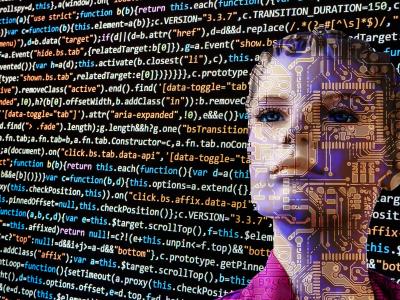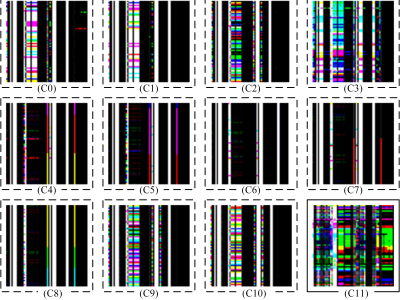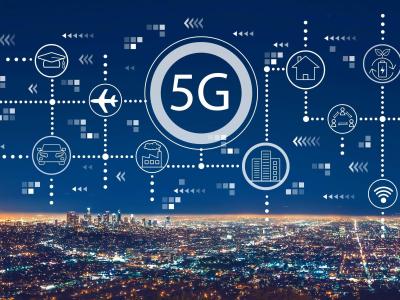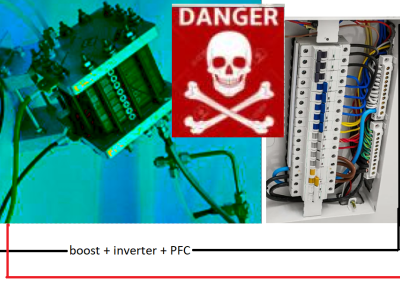Complex network community detection dataset

- Citation Author(s):
-
Xinxing Xie
- Submitted by:
- Xinxing Xie
- Last updated:
- DOI:
- 10.21227/wgp3-nz26
 52 views
52 views
- Categories:
- Keywords:
Abstract
Community detection in complex networks is a crucial task that seeks to partition nodes into tightly connected subsets, known as communities. This process is important in fields like social network analysis, bioinformatics, information propagation, and recommendation systems. To evaluate the effectiveness of community detection algorithms, benchmark datasets such as LFR, Karate Club, and Dolphins are widely used. These datasets represent graphs with multiple nodes, each divided into communities with high internal connectivity. The LFR dataset simulates diverse real-world network structures, while the Karate Club dataset offers a small social network for basic testing. Using such datasets allows researchers to assess, compare, and optimize community detection algorithms in various complex network environments.
Instructions:
1. Data Loading
Use Python libraries like NetworkX, igraph, or Pandas to load data:
import networkx as nx
G = nx.read_edgelist("karate_club.edgelist")
2. Algorithm Application
Community Detection: Apply algorithms (e.g., Louvain, Label Propagation, Infomap) using libraries like cdlib:
from cdlib import algorithms
communities = algorithms.louvain(G)
3. Visualization
Tools: Use Gephi, matplotlib, or PyVis to visualize communities.
Color Coding: Assign unique colors to nodes based on detected communities.






